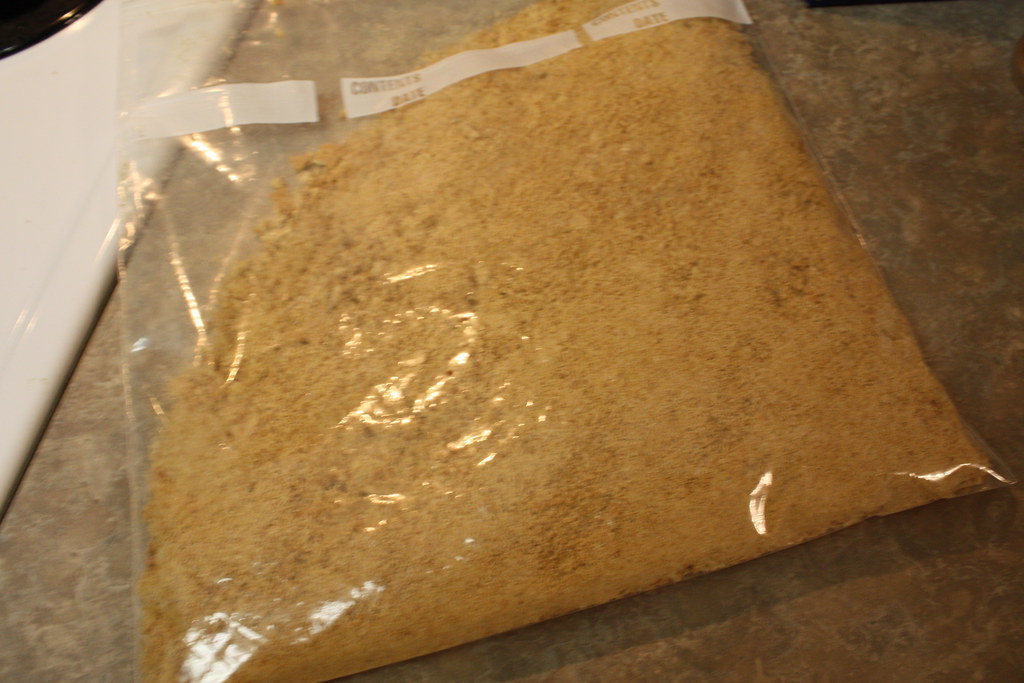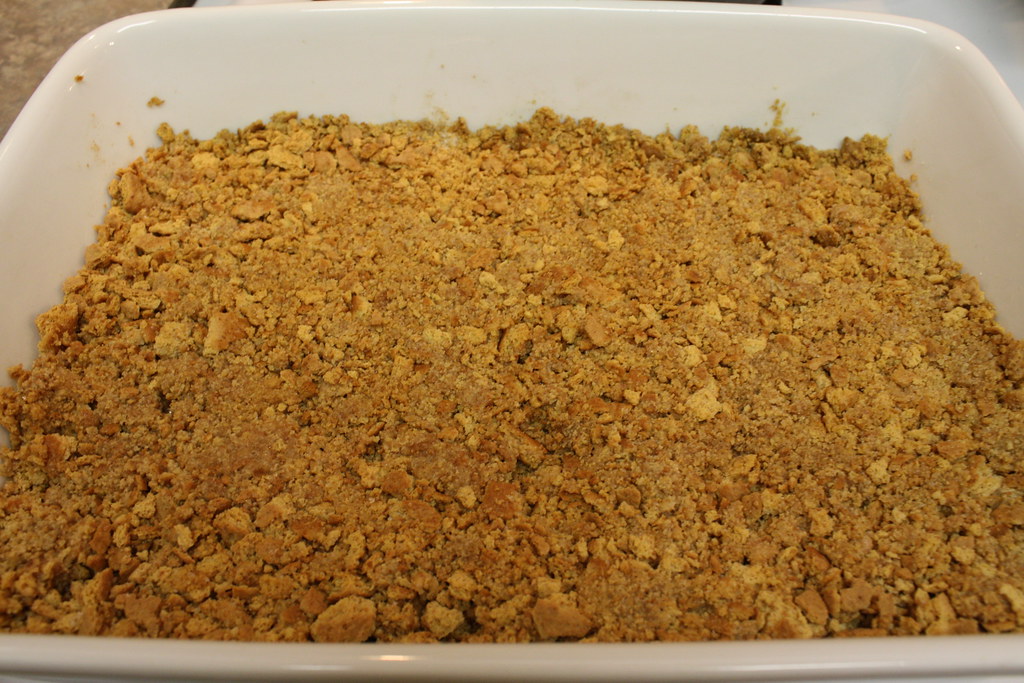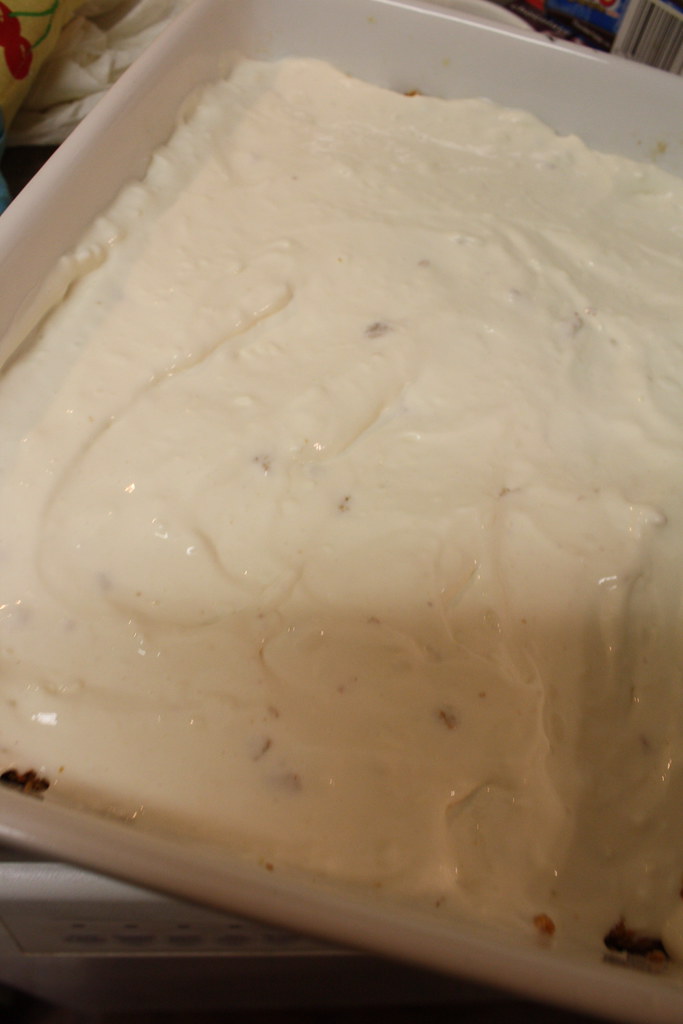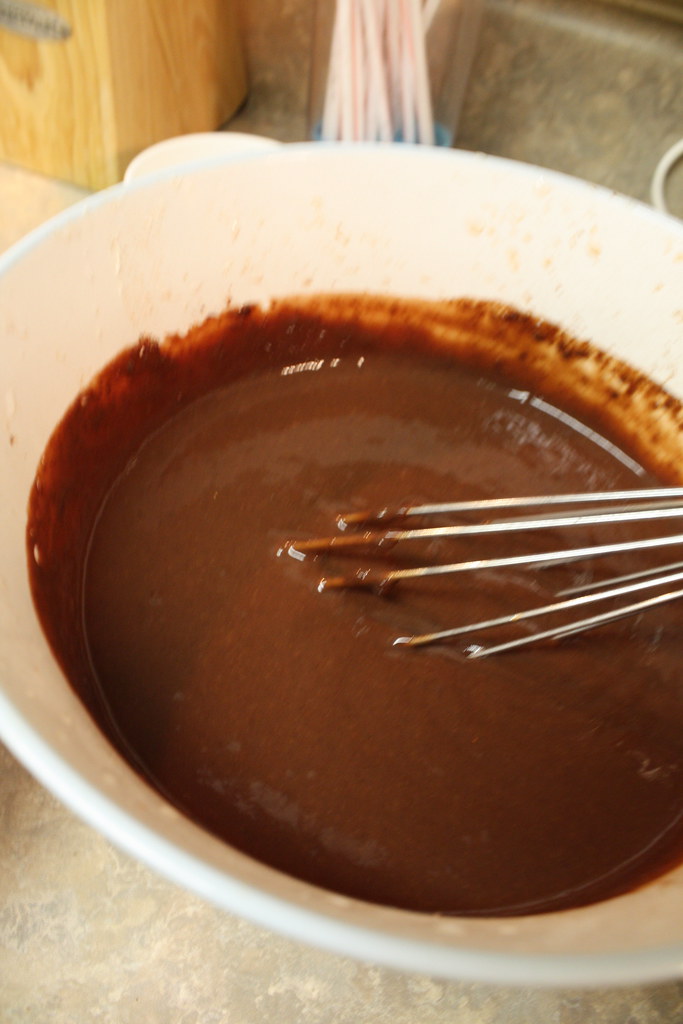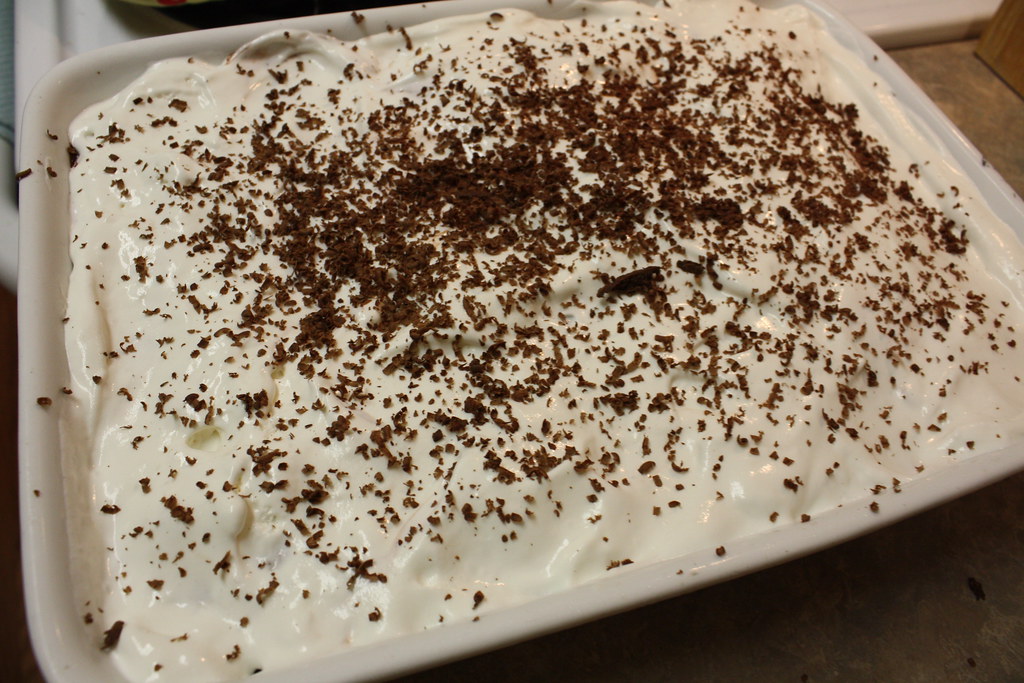Experiments in animals have confirmed what common sense suggests: it's easier to prevent health problems than to reverse them. Still, many health conditions can be improved, and in some cases reversed, through lifestyle interventions. It's important to have realistic expectations and to be kind to oneself. Cultivating a drill sergeant mentality will not improve quality of life, and isn't likely to be sustainable.
Fat Loss: a New Approach
If there's one thing that's consistent in the medical literature, it's that telling people to eat fewer calories isn't a very effective fat loss strategy, despite the fact that it works if strictly adhered to. Many people who use this strategy see transient fat loss, followed by fat regain and a feeling of defeat. There's a simple reason for it: the body doesn't want to lose weight. It can be difficult to fight the fat mass setpoint, and the body will use every tool it has to maintain its preferred level of fat: hunger, increased interest in food, reduced body temperature, higher muscle efficiency (i.e., less energy is expended for the same movement), lethargy, lowered immune function, et cetera.
Therefore, what we need for sustainable fat loss is not starvation; we need a treatment that lowers the fat mass setpoint. There are several criteria that this treatment will have to meet to qualify:
- It must cause fat loss
- It must not involve deliberate calorie restriction
- It must maintain fat loss over a long period of time
- It must not be harmful to overall health
Strategies: Diet Pattern
One treatment that fits my criteria is low-carbohydrate dieting. Overweight people eating low-carbohydrate diets generally lose some fat and spontaneously reduce their calorie intake. In fact, in several diet studies, investigators compared an all-you-can-eat low-carbohydrate diet with a calorie-restricted low-fat diet. The low-carbohydrate dieters generally reduced their calorie intake and body fat to a similar or greater degree than the low-fat dieters, despite the fact that they ate all the calories they wanted (1). This may suggest that their fat mass setpoint had changed. At this point, I think moderate carbohydrate restriction may be preferable to strict carbohydrate restriction for some people, due to the increasing number of reports I've read of people doing poorly in the long run on extremely low-carbohydrate diets. Furthermore, controlled trials of low-carb diets show that the long-term weight loss, despite being greater than low-fat diets, is not that impressive for the "average person". Some people find it highly effective, while most people find it moderately effective or even ineffective.
Another strategy that appears preferable is the "paleolithic" diet. In Dr. Staffan Lindeberg's 2007 diet study, overweight volunteers with heart disease lost fat and reduced their calorie intake to a remarkable degree while eating a diet consistent with our hunter-gatherer heritage (3). This result is consistent with another diet trial of the paleolithic diet in diabetics (4). In post hoc analysis, Dr. Lindeberg's group showed that the reduction in weight was apparently independent of changes in carbohydrate intake*. This suggests that the paleolithic diet has health benefits that are independent of carbohydrate intake.
Strategies: Gastrointestinal Health
Since the gastrointestinal (GI) tract is so intimately involved in body fat metabolism and overall health (see the former post), the next strategy is to improve GI health. There are a number of ways to do this, but they all center around four things:
- Don't eat food that encourages the growth of harmful bacteria
- Eat food that encourages the growth of good bacteria
- Don't eat food that impairs gut barrier function
- Eat food that promotes gut barrier health
The colon is packed with symbiotic bacteria, and is the site of most intestinal fermentation. The small intestine contains fewer bacteria, but gut barrier function there is critical as well. The small intestine is where the GI doctor will take a biopsy to look for celiac disease. Celiac disease is a degeneration of the small intestinal lining due to an autoimmune reaction caused by gluten (in wheat, barley and rye). This brings us to one of the most important elements of maintaining gut barrier health: avoiding food sensitivities. Gluten and casein (in dairy protein) are the two most common offenders. Gluten sensitivity is more common than most people realize; just under 1% of young adults and the prevalence increases with age.
Eating raw fermented foods such as sauerkraut, kimchi, yogurt and half-sour pickles also helps maintain the integrity of the upper GI tract. I doubt these have any effect on the colon, given the huge number of bacteria already present.
Strategies: Miscellaneous
Anecdotally, many people have had success using intermittent fasting (IF) for fat loss. There's some evidence in the scientific literature that IF and related approaches may be helpful (14). There are different approaches to IF, but a common and effective method is to do two complete 24-hour fasts per week. It's important to note that IF isn't about restricting calories, it's about resetting the fat mass setpoint. After a fast, allow yourself to eat quality food until you're no longer hungry.
Insufficient sleep has been strongly and repeatedly linked to obesity. Whether it's a cause or consequence of obesity I can't say for sure, but in any case it's important for health to sleep until you feel rested. If your sleep quality is poor due to psychological stress, meditating before bedtime may help. I find that meditation has a remarkable effect on my sleep quality. Due to the poor development of oral and nasal structures in industrial nations, many people do not breathe effectively and may suffer from conditions such as sleep apnea that reduce sleep quality. Overweight also contributes to these problems.
* Since reducing carbohydrate intake wasn't part of the intervention, this result is observational.










